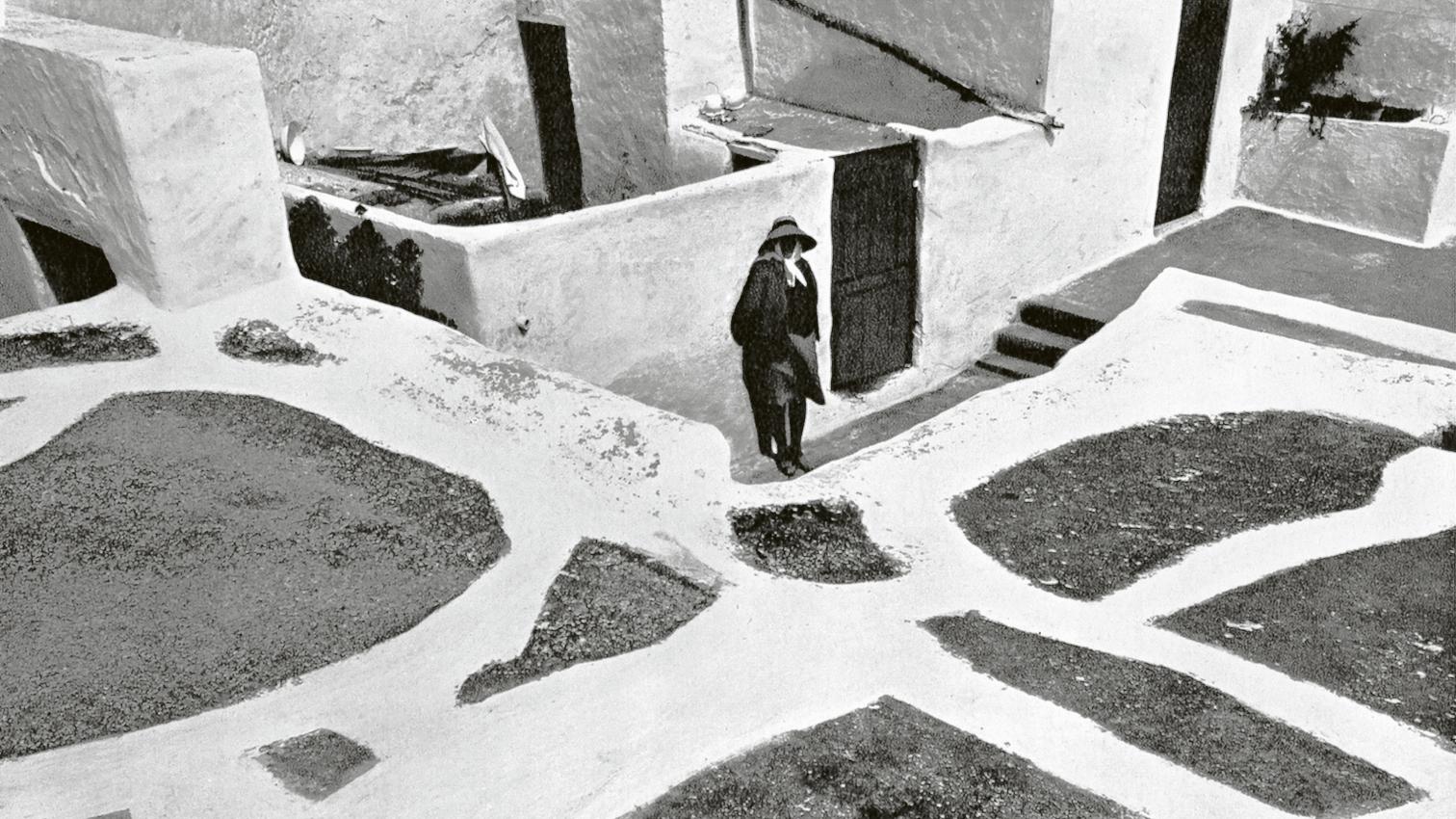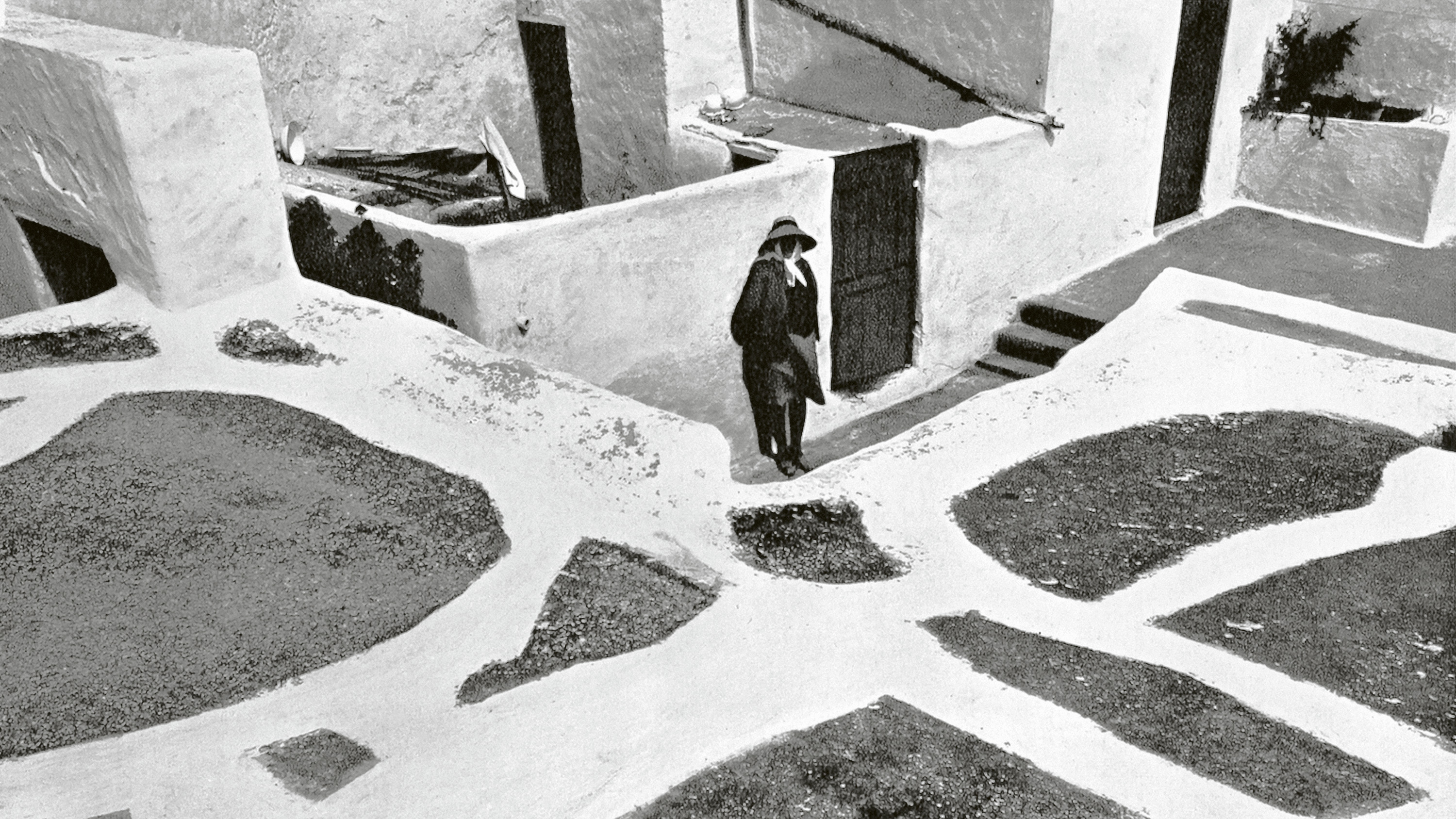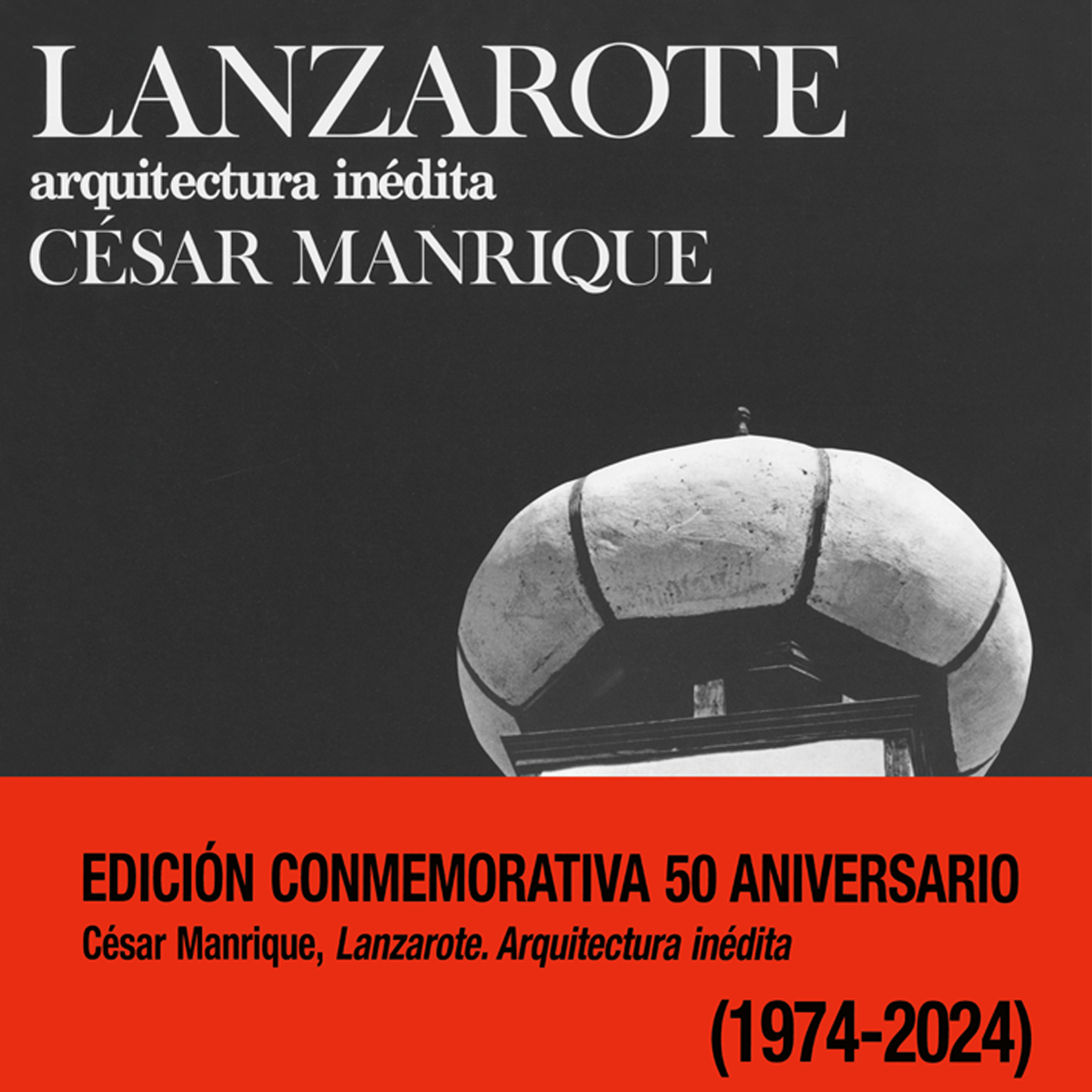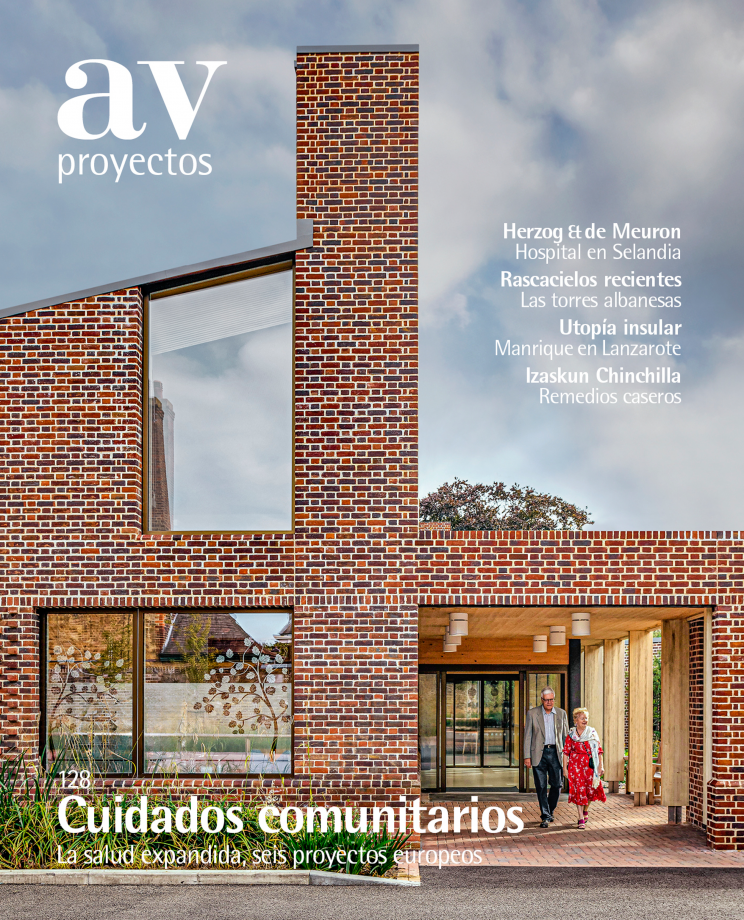
Five centuries ago, Thomas More situated his Utopia on an imaginary island; fifty years ago, César Manrique built his on a real island. Lanzarote got its name from the Genoan navigator Lancelotto Malocello, linking itself to Arthurian legends through the knight Lancelot of the Lake; today, however, its legend is only associated with a Canarian artist who would deserve to be called Manrique of the Island, given that he devoted his life to protecting and enhancing the beauty, intact, of this volcanic redoubt in the ocean, for which ‘Lírica de una Atlantida’ could well have been written when the poet Juan Ramón Jiménez had another mythical island in mind. Manrique’s vision of Atlantis before it submerged was crystallized in a memorable book, Lanzarote. Arquitectura inédita, published in 1974, and to celebrate the half-century of this magnificent, essentially photographic work, the foundation that bears his name has reprinted it in the form of a commemorative edition; and simultaneously, the same foundation has released a text by the professor and academician Simón Marchán Fiz that originated from a lecture he gave during the artist’s centenary in 2019, in which he credited Manrique for the island’s aesthetic invention as a total work of art. Both books constitute a solid tribute to the utopia of an artist who did not always enjoy the recognition merited by a lasting oeuvre, a body of work which the foundation presided by the poet Fernando Gómez Aguilera seeks to perpetuate with cultural intelligence, environmental awareness, and political activism...[+]








